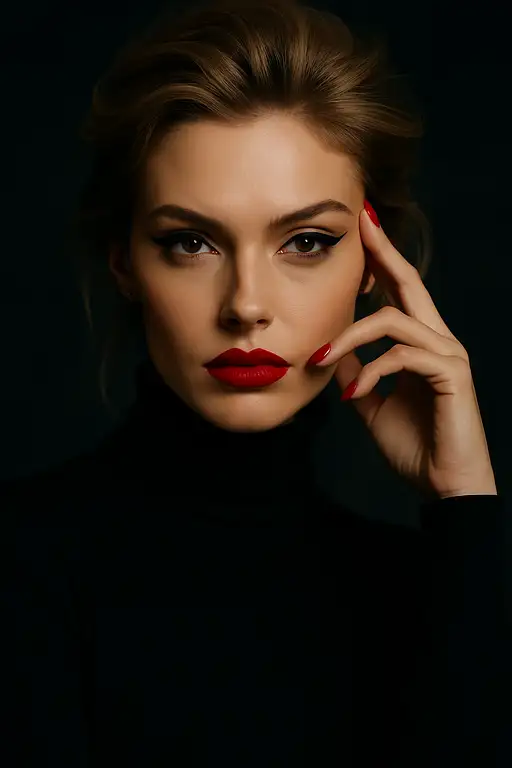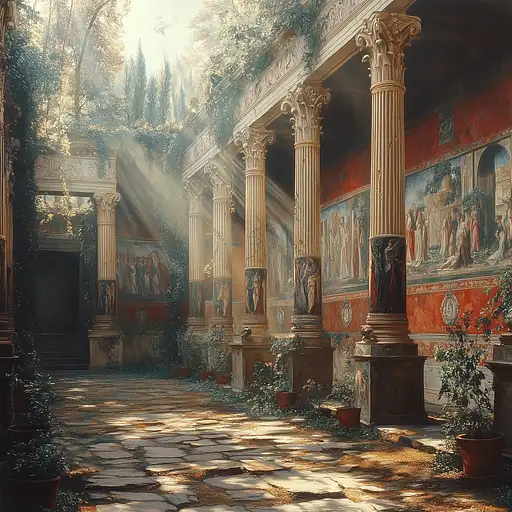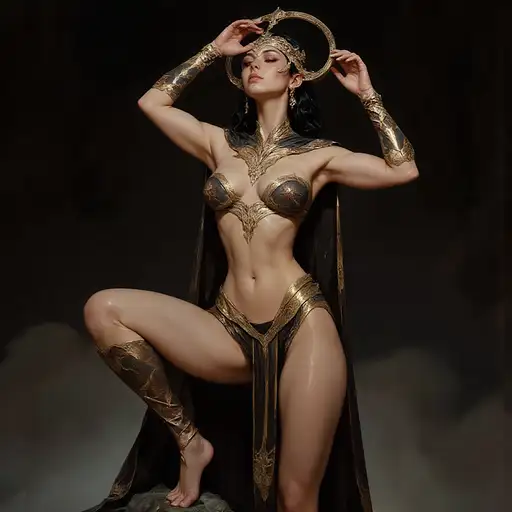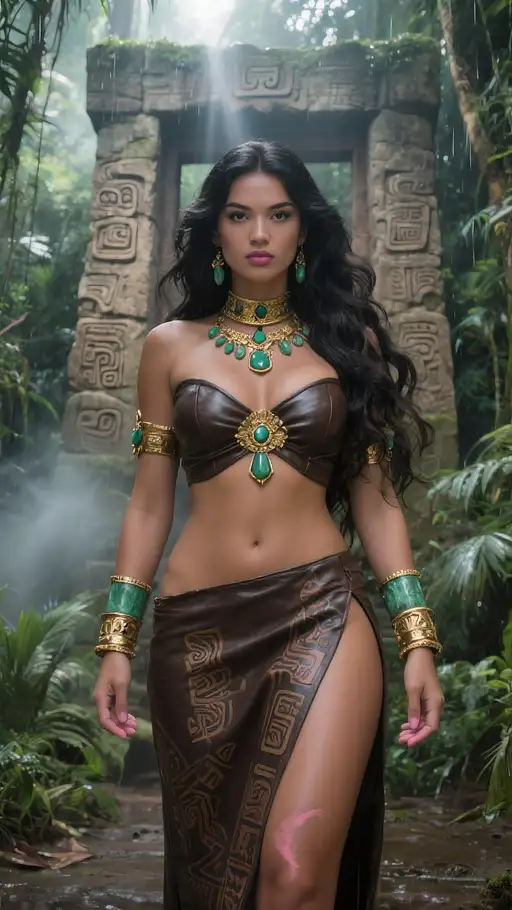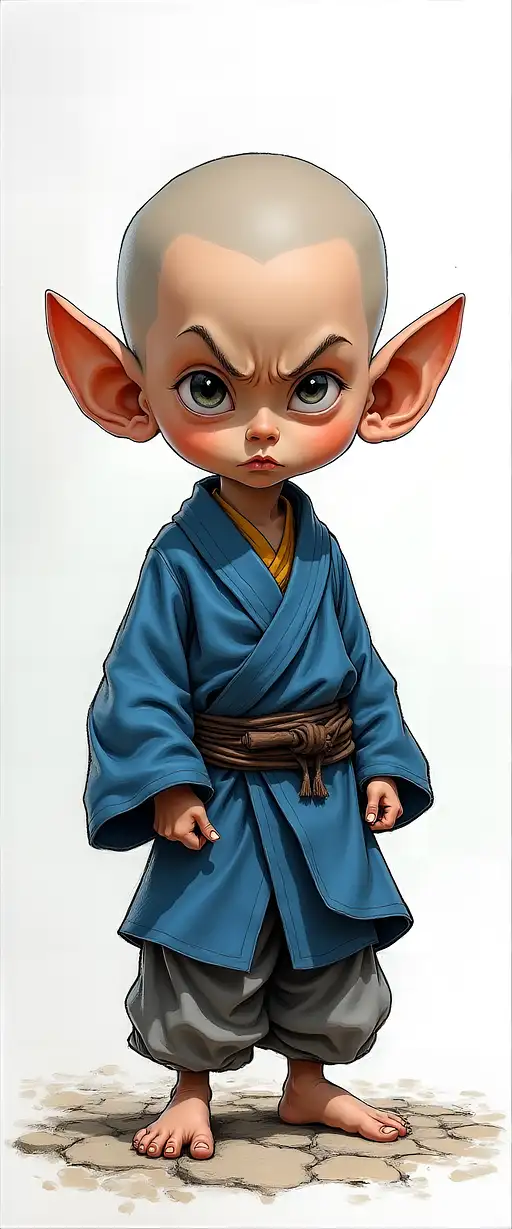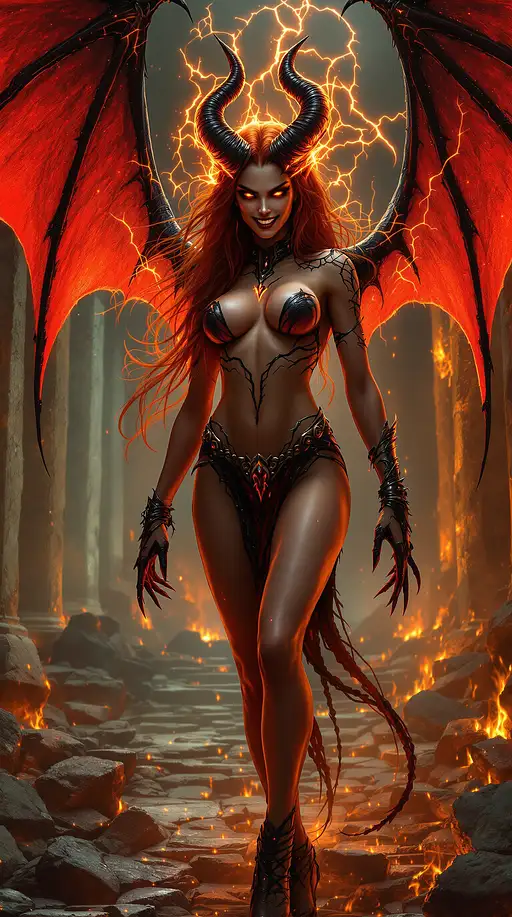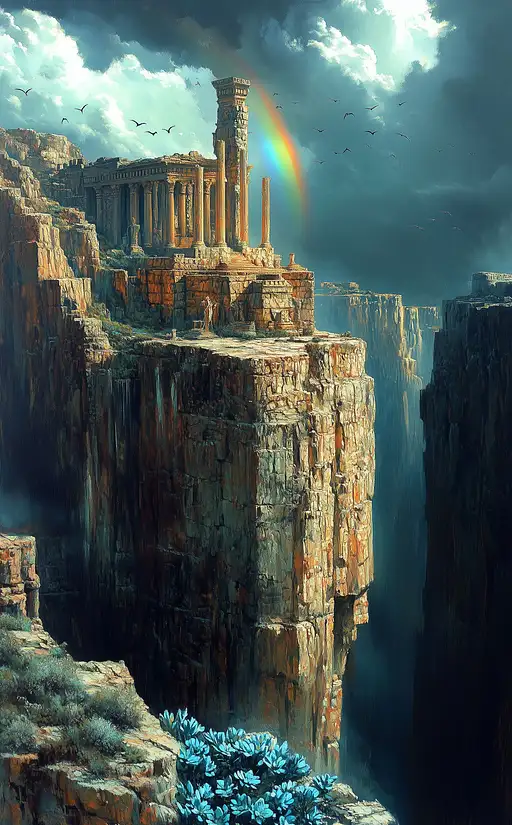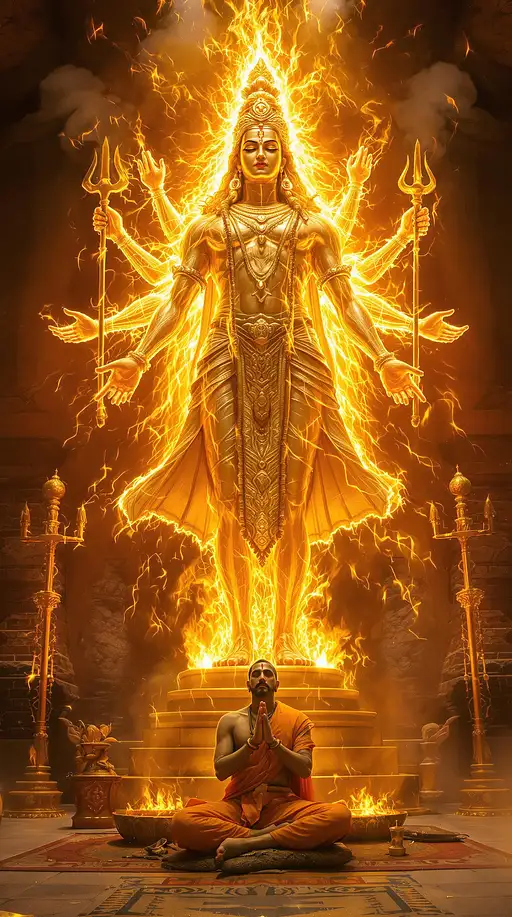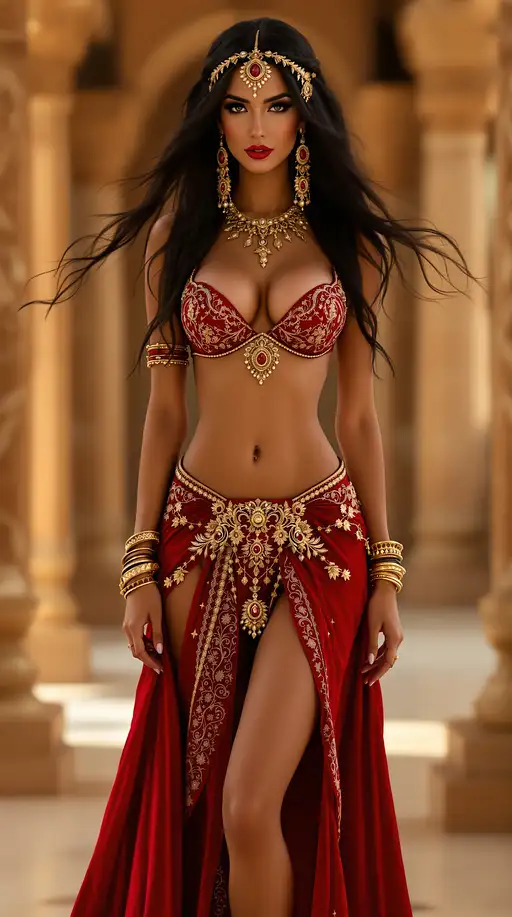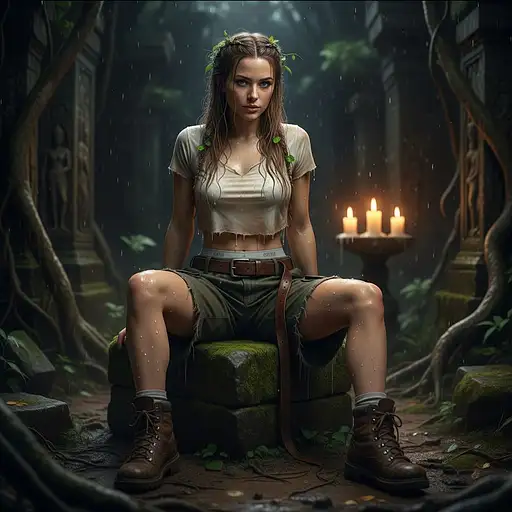9 months ago
Lord Shiva:
In this scene, Lord Shiva is depicted with a powerful, almost otherworldly presence. His muscular, blue-toned form radiates strength and wisdom, but his face shows a pained yet determined expression, as he consumes the poison — his throat is highlighted, with the dark venom swirling within. The poison is visually dynamic, appearing like a swirling dark mist or liquid, reflecting light and darkness simultaneously. The physical act of drinking the poison showcases Shiva’s fearlessness, embodying both sacrifice and protection of the cosmos. His trident, glowing with divine energy, rests beside him, adding a futuristic and detailed metallic sheen that enhances the tension of the scene. His long, flowing hair swirls around him, illuminated by the dramatic lighting from the surroundings.
Parvati:
Parvati is depicted as the epitome of grace and maternal strength. She stands in front of Shiva with a concerned yet serene expression, her beauty radiating in a celestial way. Her robes, flowing and elegant, are made of delicate textures that fuse ancient patterns with futuristic metallic highlights. She reaches out to stop Shiva from consuming the poison further, her hand outstretched in a gesture of love and protection. The robe material catches the divine light, giving a sense of ethereal fluidity. Her eyes, filled with both love and concern, reflect the intensity of the moment—ready to stop Shiva from the pain, yet fully aware of his ultimate sacrifice.
The Poison:
The poison is a key focal point of the image, swirling in a dark, almost liquid form, floating in front of Shiva’s mouth. It glows ominously with shades of green and purple, an eerie contrast to the glowing blue of Shiva’s aura. The poison’s presence represents the danger and chaos being swallowed by the god, but also hints at the immense power and strength of Lord Shiva to endure it. The material rendering of the poison using Substance Painter gives it a realistic texture, creating depth and a sense of volatile energy.
Background:
The environment around them would blend gothic fantasy and futuristic realism, a surreal celestial landscape that evokes both ancient and future worlds. Towering, crumbling gothic temples, black stone ruins, and glowing neon accents stretch into the distance, illuminated by cosmic energy. The sky is dark and stormy, swirling with supernatural forces—cosmic winds, lightning, and the distant rumble of divine power. Some futuristic elements, like holographic constructs or glowing symbols, are embedded within the crumbling stone, connecting the divine with the technological.
Lighting and Atmosphere:
The use of V-Ray tracing would bring this composition to life, creating dramatic lighting and shadows. The poison’s dark mist contrasts with the luminous blue aura around Shiva, while Parvati’s soft, radiant light emanates warmth and protection. The play of light and shadow would create depth, accentuating the figures and the intricate details of their forms. Her robes, Shiva's body, and the poison would all shimmer with reflective qualities, creating a sense of dynamic energy.
Unreal Engine 5 rendering would provide incredible realism, particularly in the textures of the surrounding environment. The background could feature distant galaxies, supernatural elements, and ancient temple ruins that would add layers of visual complexity and depth. The textures of both the futuristic and gothic elements in the environment would be meticulously rendered, making each stone, hologram, and light seem as though it exists in a tangible, living world.
Substance Painter Texturing:
This digital tool would be used for the fine details: Shiva’s skin and his clothing, Parvati’s robes, the poison, and the metallic elements of their accessories would all have unique, realistic textures. Shiva’s blue skin would have a smooth, divine sheen, while Parvati’s robes would have soft, flowing textures that reflect light in an almost liquid way. The poison itself would look dangerous and volatile, with rich textures that suggest it is both magical and toxic.
Emotional Impact:
This image would be emotionally powerful, capturing both the tragic and heroic essence of the myth. It would evoke a sense of divine sacrifice and love, as Shiva consumes the poison for the sake of the universe, while Parvati’s concern for him highlights the emotional depth of their relationship. The balance of gothic and futuristic realism would create a timeless, otherworldly feel, pulling the viewer into a visual and emotional experience.


